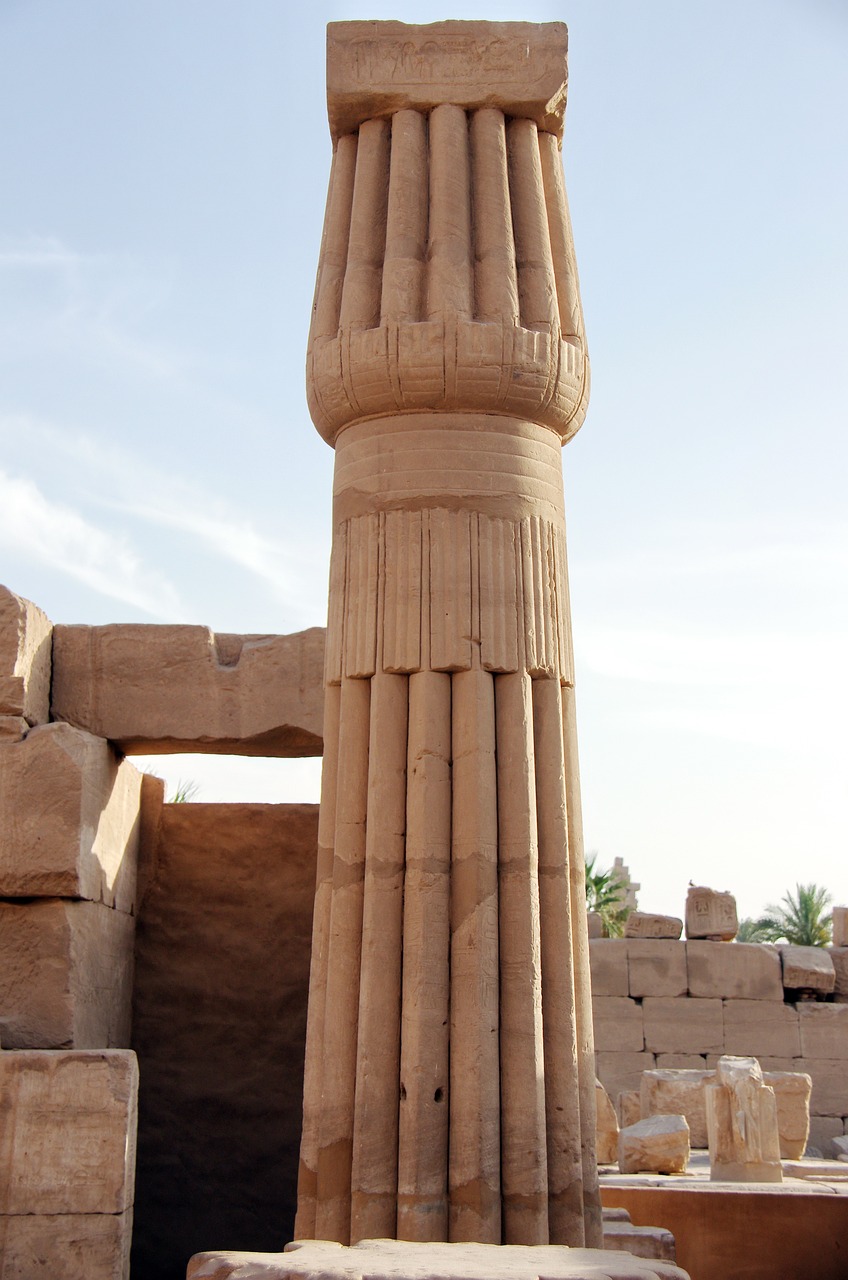Hieroglyphic writing is a complex system that utilizes characters resembling pictures. These characters, known as hieroglyphs, can be interpreted not only as visual representations but also as symbols for various objects and sounds. The term “hieroglyphic” comes from the Greek word meaning “sacred carving,” with its initial references appearing in the works of Diodorus Siculus from the 1st century BCE. Prior to that, other Greek scholars described this form of writing as sacred signs, particularly in relation to ancient Egyptian inscriptions. The Greeks identified this pictorial script as distinct from two other Egyptian writing forms: the hieratic script, which was inked on papyrus and used mainly for religious texts, and the demotic script, a cursive style for everyday documents. Thus, the term hieroglyphic strictly pertains to ceremonial writings inscribed on Egyptian monuments, although in the late 19th century, it was adopted to describe similar systems from other cultures, such as the inscriptions of the Indus civilization, Hittites, and other ancient societies, including the Mayans and Incans.
Due to the intricacy of hieroglyphs, they were primarily used for monumental inscriptions and supplemented by more practical writing systems for everyday use. Currently, hieroglyphic scripts are no longer in use, and this discussion focuses on the Egyptian version of this writing system.
Origins of Hieroglyphic Writing
The earliest examples of Egyptian hieroglyphs date back to the late 4th millennium BCE, found on pottery and ivory artifacts discovered in tombs, likely serving as identifiers for the deceased. Although not all these primitive signs can be read today, they likely share a base structure with later hieroglyphs. Notably, these symbols were phonetic, meaning they represented sounds rather than merely pictorial depictions of objects. There is no evidence of a purely visual style of writing that preceded the phonetically-based hieroglyphs; hence, it can be affirmed that hieroglyphic writing was never a simple picture-writing system alone. Furthermore, jar marks from the same era are not primitive forms of hieroglyphs but rather developed concurrently under mutual influence.
The connection between hieroglyphs and the cuneiform scripts of the Sumerians seems unlikely, as these systems follow entirely different principles. However, a general trend toward using signs to denote specific words may exist independent of distinct writing systems.
Function and Application of Hieroglyphic Writing
The application of hieroglyphic writing was propelled by the need to associate pictorial depictions with noteworthy individuals or unique events like royal hunts or battles. This relationship added a layer of significance to illustrations, transforming depictions into representations of specific events rather than generic ones, revealing a shift in the understanding of time and history. By the 1st dynasty (approximately 2925–2775 BCE), names and titles of nonroyal individuals began to accompany hieroglyphs, marking a progression towards individual expression. Ivories from the early dynasties depicted annual events with designated personal names and specific occurrences, such as the statement “the first occasion of the defeat of the Libyans” next to a scene illustrating the Pharaoh’s victory.
Over time, hieroglyphic writing became independent of pictorial context, particularly observed in the use of cylinder seals—incised stones that rolled over damp clay to secure jars. These writings not only restricted unauthorized access but also detailed the jar’s contents, origin, destination, and the overseeing authority. Inscriptions from the 1st dynasty mainly consist of royal names, whereas during the 2nd dynasty, the introduction of titles and offerings began to surface, culminating in the formation of complete sentences. Additionally, the unearthing of a blank papyrus scroll in a high official’s tomb suggests that longer written texts could have existed much earlier than previously believed.



